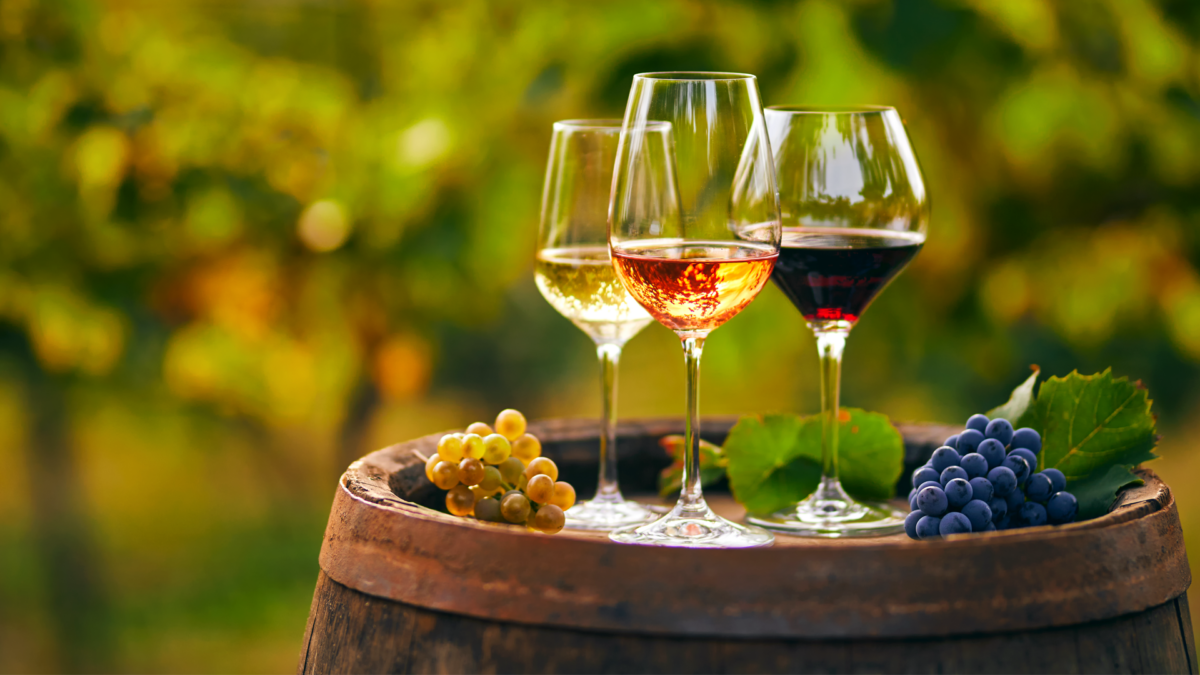
Do you like a nice glass of wine with dinner? Or maybe you enjoy a few glasses of wine on the weekend? If so, you’re not alone. Wine is one of the most popular drinks in the world. But how many calories are in a bottle of wine? And are all calories created equal?
In this blog post, we will discuss the nutritional value of red, white, and rose wines. We will also explore the difference between added sugar and residual sugar. So, whether you’re a casual wine drinker or a connoisseur, read on for all the information you need to make informed choices about your favourite drink!
Are there any nutritional health benefits of drinking wine?
Yes, there are some health benefits to drinking wine in moderation. Studies have shown that moderate drinkers (defined as one to two glasses per day for women and one to three per day for men) may enjoy a lower risk of heart disease, stroke, and Type 2 Diabetes compared with non-drinkers or heavy drinkers. Red wine is particularly beneficial due to its high levels of antioxidants called polyphenols
What is the calorie count in a glass of wine?
The number of calories in a bottle or glass of wine depends on its alcohol content and sugar content. For example, a 150ml glass of wine varies depending on factors below between 80 -130 calories per 150ml
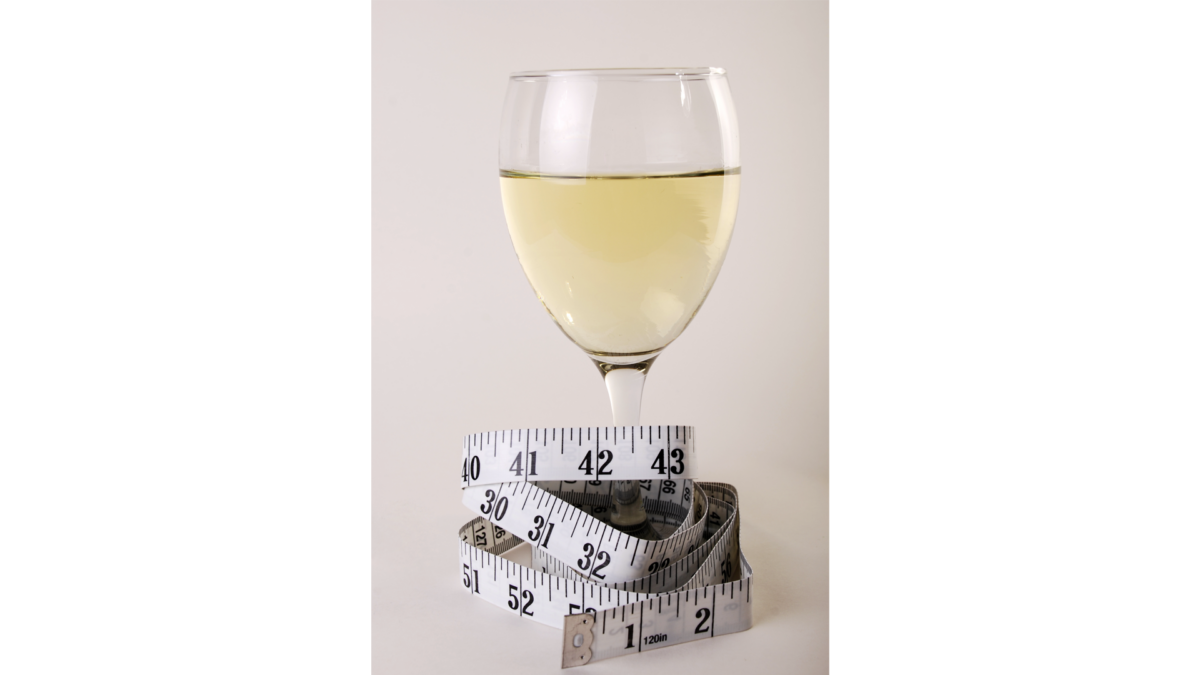
Size of a glass of wine, fl oz = millilitres
A standard glass of wine,
5 fluid ounces (fl oz), is equivalent to 147 millilitres (ml).
However, the size can vary depending on where you are drinking.
A standard 750ml bottle of wine contains 5 glasses at 150 ml per glass,
Just remember that the calorie count of wine can vary greatly when you alter its size, so calculate accordingly! Cheers!
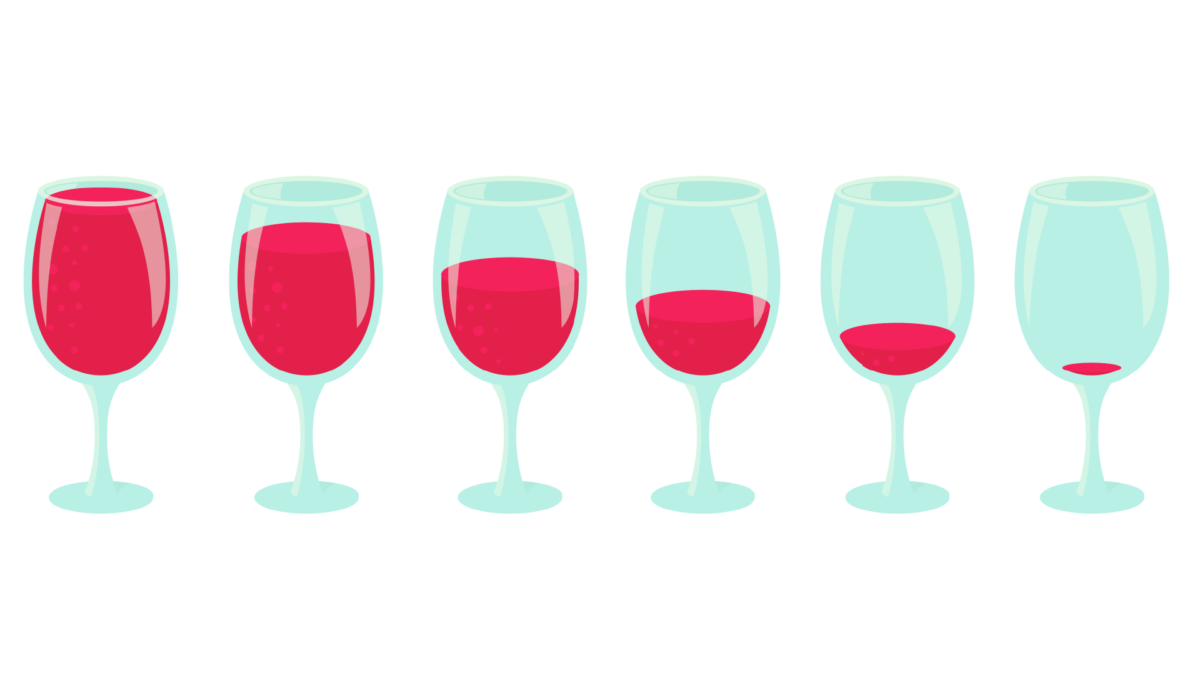
The calorie content of red, white, rose and sparkling wines
Not all calories are equal, what factors influence the calorie content of wine?
Dry wines contain less sugar than sweet wines and therefore have fewer calories. A wine with a higher alcohol content will also have more calories than one with lower alcohol levels. Lastly, the type of grapes used to make the wine can also affect its calorie content.
So if you’re looking for a low-calorie wine, try dry wines with lower alcohol levels and less added sugar.
The calorie content of a particular bottle of wine can be heavily influenced by two main factors: the amount of alcohol it contains and its residual sugar content and added sugar. Alcohol is an important source of calories in wine, with one gram containing seven calories. The higher the ABV (alcohol by volume) percentage, the more calories affect the calorie count of wine
The difference between added sugar and residual sugar
The calories in wine come from naturally occurring sugars, and added sugar. The first one is known as residual sugar and can range from 0-7g per 150ml glass of wine. For drier wines with lower residual sugar levels, you can expect fewer calories per glass – typically around 80-90 calories for a 150ml of red or white
Standard french wines & Organic french wines, how much-added sugar do the authorities allow to be added to a bottle of wine?
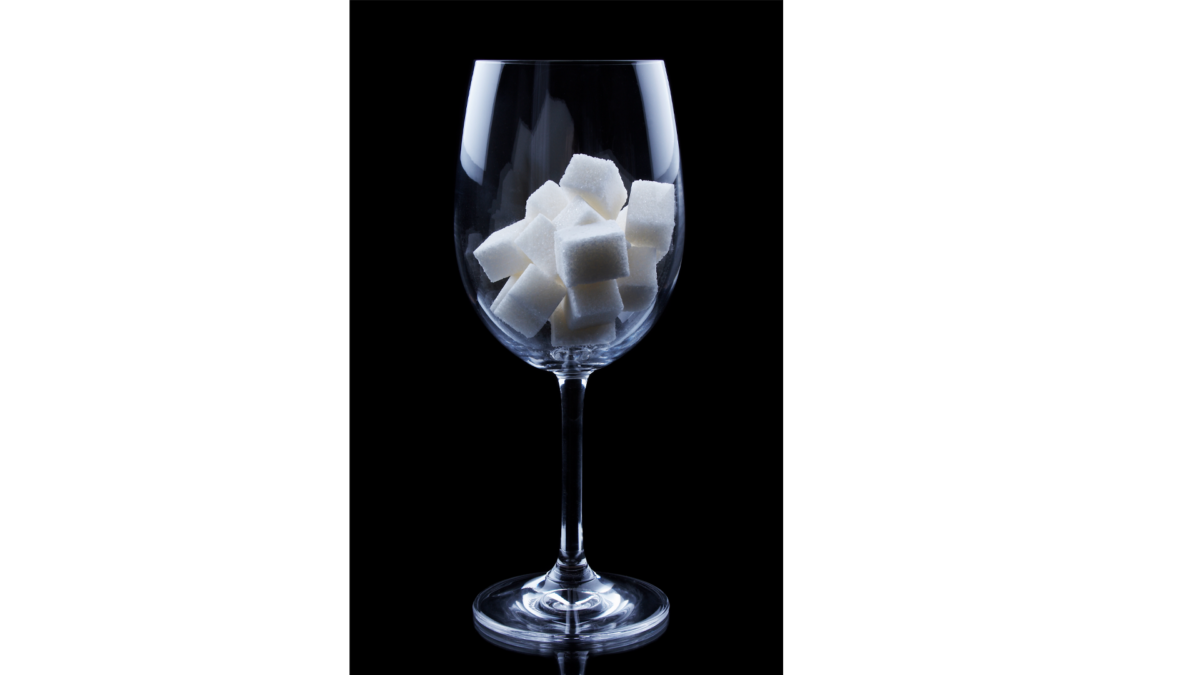
The French government does not put a limit on the amount of added sugar in the final product. For standard French wines, the average residual sugar level is between 2-4g per 150ml glass Organic French wines typically contain even less residual sugar. However, many organic wines adhere to regulations that limit added sugar content to 0-2 g/l for red and rosé wines, and 0-3g/L for white wines. This means organic wines tend to have fewer calories than non-organic
Can you calculate the calorie content of a wine?
To calculate the calorie content of a specific bottle, simply multiply the ABV by seven and then add any additional residual or added sugars. For example, for a red wine with an ABV of 14% and 1g/L of residual sugar, you would take 14 x 7 = 98 calories plus 1 = 99 total calories per 150ml glass.
How Many Calories in a Glass of Wine?
The number of calories in a glass of wine can vary greatly depending on several factors, such as ABV and sugar content. Generally speaking, a standard 150ml glass of dry red or white wine contains around 80-100 calories while sparkling wines contain slightly more at around 125 calories per glass. It’s important to note that organic wines typically have fewer calories due to their stricter regulations on sugar content. To calculate the exact calorie count, simply multiply the ABV by seven and then add any additional residual or added sugars. Enjoy responsibly!
How many calories are in white wine?
The calorie count of white wine will vary depending on the type and its ABV/sugar content. Generally speaking, dry whites contain around 80-90 calories per 150ml glass, while sweeter varietals can have as many as 120-130 calories due to their higher sugar content
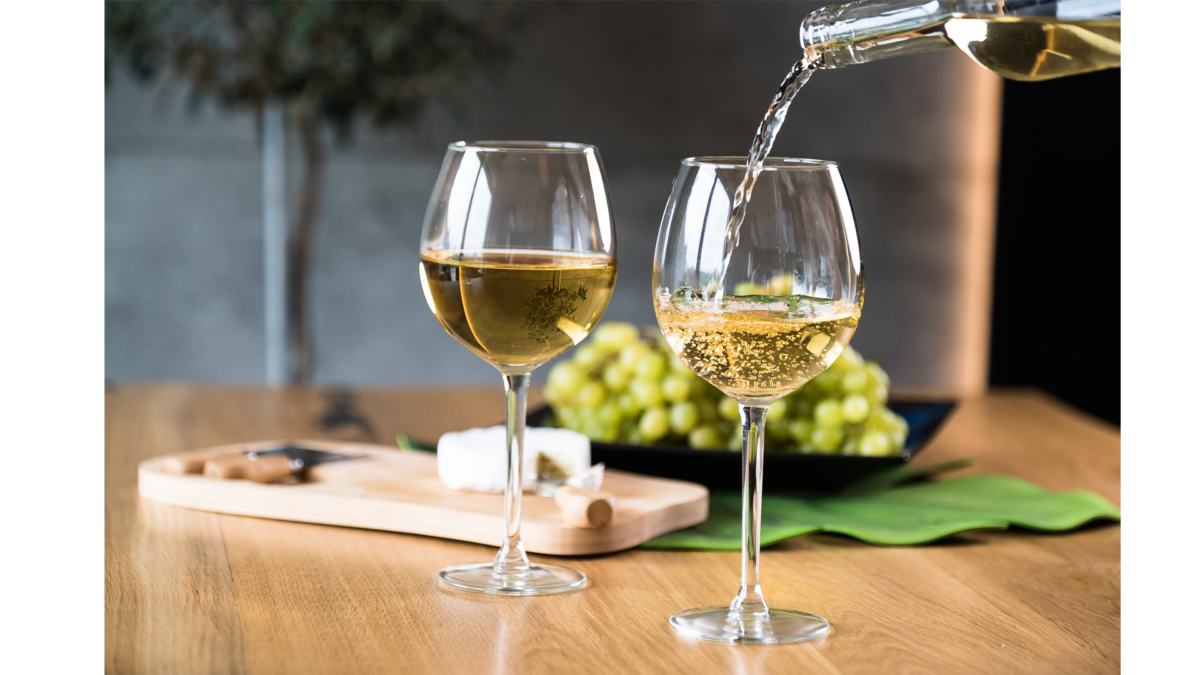
White wine Calories by grape variety
Chardonnay grape: 80-90 calories per 150ml glass
Sauvignon blanc grape: 80-130 calories per 150ml glass Sweeter varietals of Sauvignon Blanc can have as many as 120-130 calories due to their higher sugar content.
Riesling grape: drier wines 80-90 calories per 150ml glass, while sweeter varietals may have more than 100 calories due to their higher sugar content.
How many calories are in Red wine?
The calorie count of red wine will vary depending on the type and its ABV/sugar content. Generally speaking, dry reds contain around 80-90 calories per 150ml glass, while sweet varietals can contain up to 120-130 calories due to their higher sugar content. To get an accurate calorie calculation, always check the label
Red wine Calories by grape variety
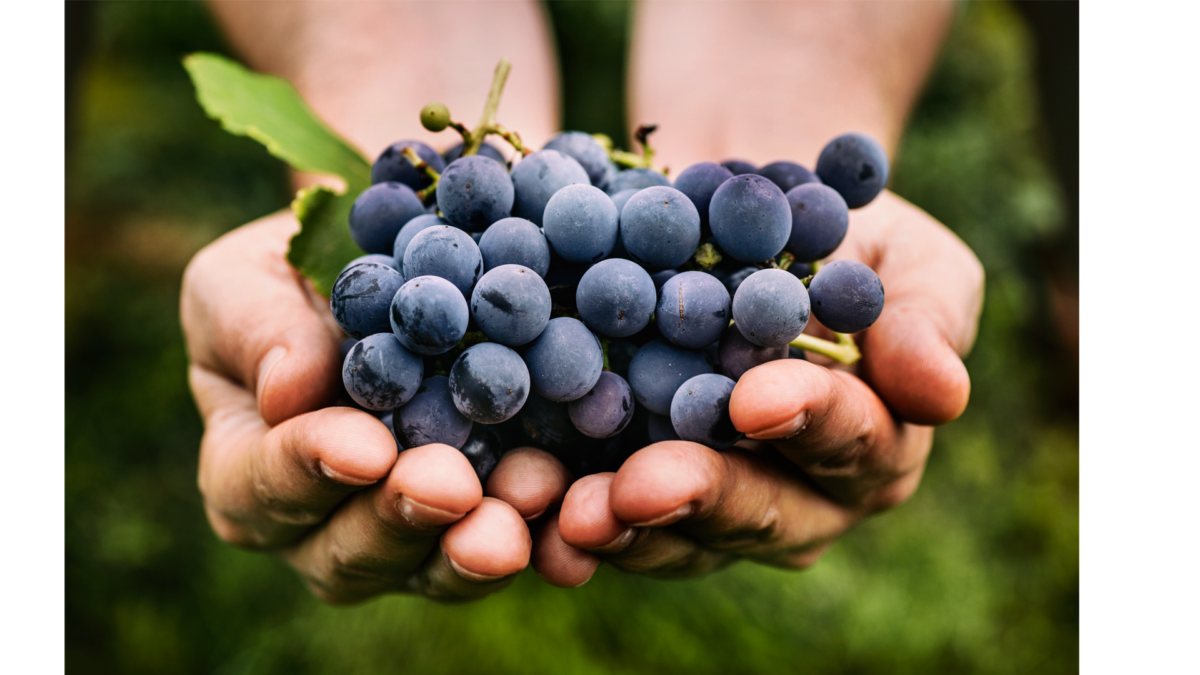
Pinot noir grape: 80-90 calories per 150ml glass
Merlot grape: 80-100 calories per 150ml glass. Sweeter varietals of Merlot can have as many as 120-130 calories due to their higher sugar content.
Cabernet sauvignon grape: drier wines 80-90 calories per 150ml glass, while sweeter varietals may have more than 100 calories due to their higher sugar content.
French Rose Wine calories?
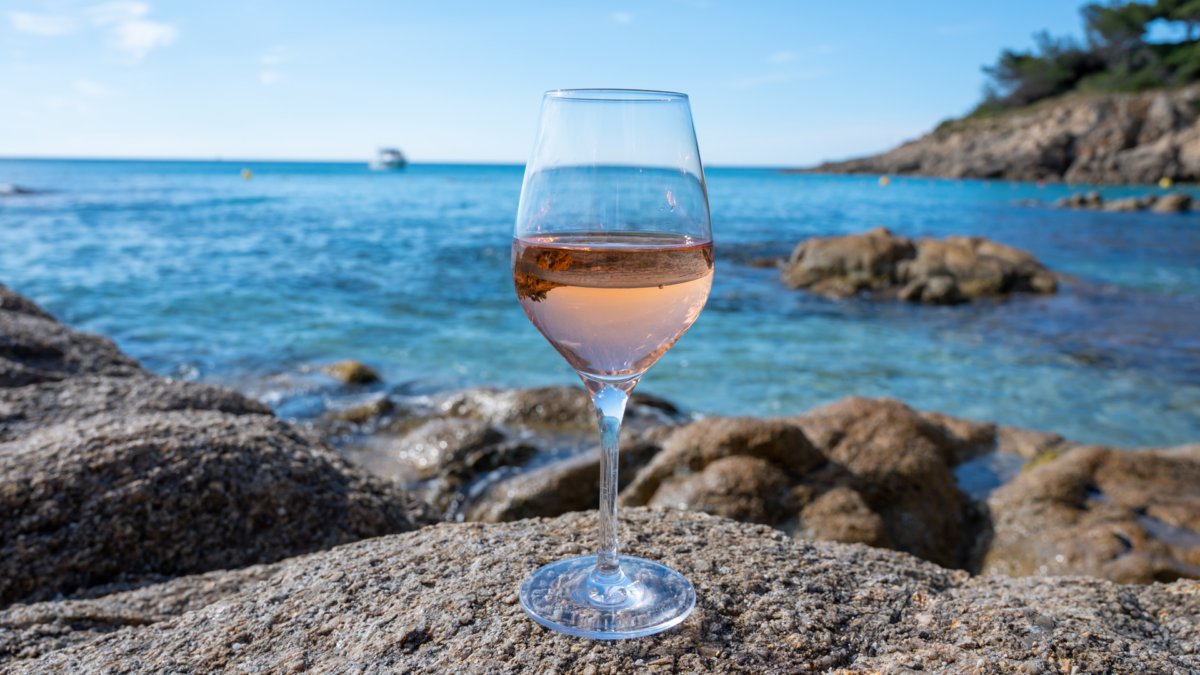
Generally speaking, dry Rose wines contain around 80-90 calories per 150ml glass, while sweeter varietals can have as many as 120-130 calories due to their higher sugar content.
Note : Calories will vary depending on the type and its ABV/sugar content
How many Calories are in a wine bottle?
The number of calories in a bottle of wine will vary depending on the type, its ABV/sugar content, and the size of your bottle.
A standard 750 ml bottle contains around 400-750
Conclusion:
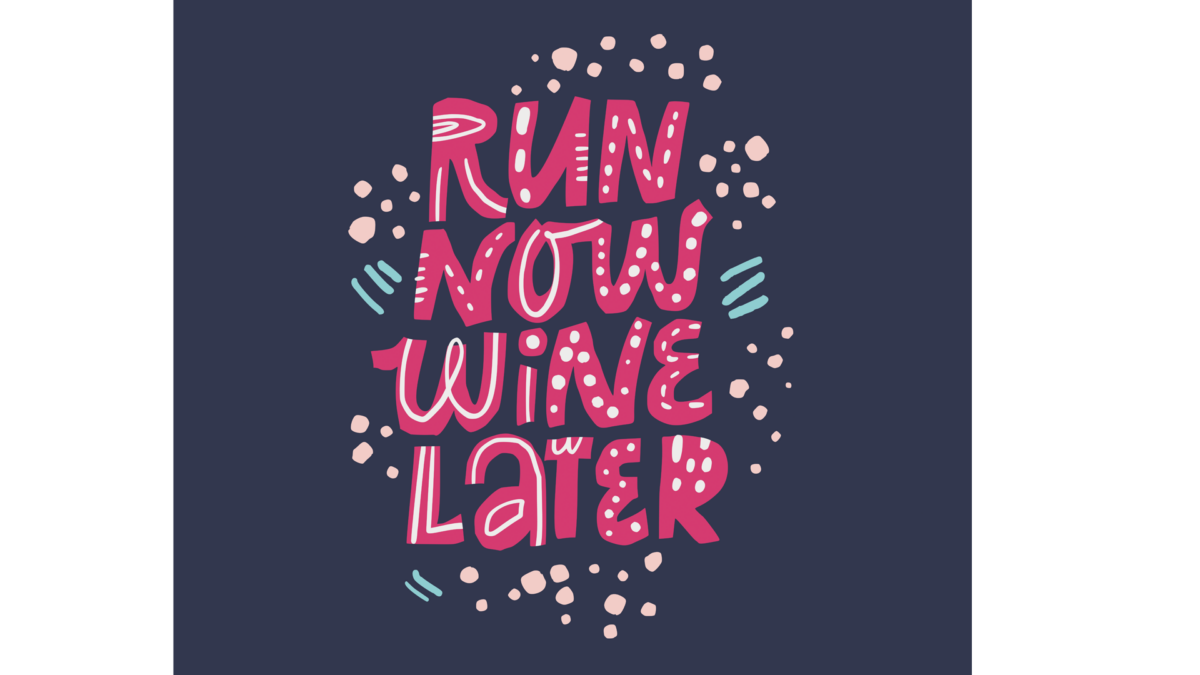
1. Even with low-calorie wine: One of the best ways to watch your calorie intake while drinking wine is to choose lower-calorie options. Instead of picking a full-bodied, high-alcohol wine like a Cabernet or Chardonnay, opt for something lighter and lower in alcohol content like a Riesling
2. Stick to moderate portion sizes: Remember the alcoholic beverage guidelines, which recommend a maximum of two glasses per day for men and one glass per day for women. Pay attention to serving sizes so you don’t accidentally overindulge. Even with a low-calorie wine, it’s important to be mindful of your portions. Generally speaking, one glass should contain no more than five ounces of wine.
3. Exercise moderation and awareness: Of course, the most important way to watch your calories when drinking wine is to maintain moderation. While it’s great to be able to enjoy a glass of French organic wine here and there, you should always make sure that you’re keeping an eye on how much you’re drinking.
Drink in moderation within the recommended drink-aware guidelines and drink healthier with less added sugar by exploring all of the amazing organic wines France has to offer!